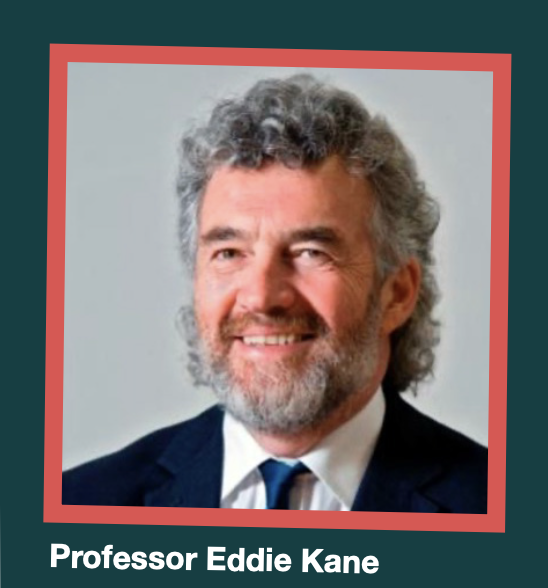
In 2023 we wrote an article for Fighting Knife Crime summarising our research into the incidence, drivers and locations of violent incidents including knife crime in London. In it we questioned whether the application of a public health approach to violence was currently being used to best effect in London. We supported the idea that a public health approach to violence reduction has a key role to play but we highlighted that it had to date been generally applied to whole cities or other Local Government areas. Our research and that of others, indicated that this may not be the most effective way to target resources, and that the focus should be at a much more granular level that better targets interventions and investments into the areas where they will have most impact and crucially involves local people in making the decisions about where and how to do this. We were also clear that knowing and articulating which problem was being targeted and why, what was the rationale for a particular intervention designed to address that problem and what robust measures of success were proposed. We recommended that each of these should be in place and were critical before investment was made.
In this article we look at what has changed since we wrote that article and our report ‘Neighbourhoods Affected by Violence’ for the London Violence Reduction Unit1. In looking at what has changed we consider two key areas: has knife crime reduced and have interventions and investment become more locally focused.
Has knife crime decreased?
‘The number of knife or sharp instrument offences recorded by the police in London rose to approximately 16,344 in 2024/25, compared with 15,016 in the previous year2. So, at least on the surface, it would appear that the answer is ‘no’.
There have been two recent reports and a House of Commons debate that have considered this question in detail.
1. Policy exchange July 20253
2. CREST Advisory June 20254
3. Hansard Volume 764: debated on Thursday 20 March 20255
These reports and the debate reveal views ranging from the pessimistic to the more hopeful with each offering differing solutions to secure change. In line with our 2022 report they all concluded that serious violence, including knife crime continues to be heavily geographically concentrated, mostly in areas of high deprivation but also in tourist and night-time economy related areas. The Policy Exchange report highlighted areas in Westminster as the knife crime hot spots with robbery cited as the principal motivation. In contrast CREST’s report highlights the intrinsic difficulties of understanding the issues but does point to some positives: ‘Beyond the scale of serious violence, the vulnerability of people and communities to violence continues to present a challenge. However, there have been some positive developments over the last five years, including the number of young people with access to positive opportunities and the consistently decreasing proportion of 16 and 17-year-olds not in education, employment or training (NEET)’ (p.2).
The House of Commons debate was wide ranging and acknowledged the range of initiatives that have been put in place. For example, the introduction of Ronan’s Law6 and the recommendations of the Clayman report.7 These aim to break the supply chain of weapons such as Ninja Swords. They are welcome initiatives but fall well short of what is needed if violence including knife crime is to be reduced overall and in particular for those communities and individuals most affected.
Having a more local focus
There has been some progress on this front and here we focus on one major initiative. Since April 2021, the London Violence Reduction Unit (LVRU) has invested heavily in the place based MyEnds programme. It aims to provide support, capacity, and funding for locally designed interventions in neighbourhoods affected by high and sustained levels of violence across London. The initial MyEnds schemes have now been decommissioned but as part of the overall programme they have been provided with some funding to help sustain them locally – the need to do this was a key finding of our report. A new tranche of nine schemes were funded from April 2024 with funding agreed to 2026 and the possibility of extension in subsequent years8. An independent evaluation of the MyEnds programme concluded that the programme was involving the local Voluntary and Community Services networks (VCS) and that it had ‘brought benefits for delivery and problem solving, enabling sites to develop locally specific approaches and adapt this based on local knowledge about needs and promising approaches’9 (p.10). However, the report also concluded that the complexity of the programme was often a challenge. The broad range of required activities and the ambitious aims of MyEnds were difficult to balance within the timeframe. The report also highlights difficulties in determining and collecting monitoring data which is essential to measure progress and adapt delivery as the projects develop. This was compounded by schemes not typically having clearly articulated evidence bases or mechanisms of change, theories about how they aimed to reduce violence and critically how they would measure success. Addressing these fundamental issues and drawing on existing evidence of what works, are key development areas for sites and for the programme as whole. We applaud LVRU’s initiative to address making investment and intervention more locally targeted and owned. However, this works only if there is a clear statement of exactly how a scheme is designed to reduce violence including knife crime, what mechanisms will be used to deliver and how will these be robustly and credibly be measured. From what we have reviewed to date this is not yet the case particularly at the granular level we recommended in 2022.
The Future
Understanding violence and interpreting trends is challenging. Rates of police-recorded crimes are in part driven by improvements in recording and reporting by victims, as well as changes in definition. However, it is inescapable that trends are running in contrast to the long-term downward trajectory of violence overall. Short-term fluctuations driven by the COVID-19 pandemic further complicate analysis. The range of initiatives, reports and parliamentary debate are largely to be welcomed and without doubt some new initiatives such as MyEnds have the potential to make a difference to individuals and their communities. However, it is disappointing to note that many of the findings and recommendations in these most recent reports mirror those we found and made in 2022 and indeed those made by many others in the past. While it may be a standard resolution in House of Commons Debates ‘that this House has considered the matter of knife crime amongst children and young people’ was the conclusion of the recently held one; it seems sadly to encapsulate the realities behind the words and actions of many key agencies. This is particularly true when it comes to meaningful action that demonstrably and in an evidence based, robustly measured way demonstrates a positive impact. There is no doubt that some initiatives have worked to make a reality of greater and real inclusion of local people in identifying and addressing knife crime in their area but given the findings of successive reviews this has been with limited success. Repeated reports and debates call for significantly better data collection and consistency in and across key London agencies but to date this is not being delivered. Time and again the need for a clearly articulated rationale for in initiative and the related investment is called for i.e., why this initiative, why here, what problem is being tackled, how was it identified and how will anyone know if it has achieved anything worthwhile. With few notable exceptions this is not a pattern of intervention and investment that is currently being delivered.

Professor Eddie Kane, Director of the Centre for Health and Justice at the Institute of Mental Health, University of Nottingham
Further Reading
[1] https://www.london.gov.uk/programmes
[2] https://www.statista.com/statistics
[3] https://policyexchange.org.uk/wp-content/uploads/Your-Money-or-Your-Life.pdf
[4] https://www.crestadvisory.com
[5] https://hansard.parliament.uk/
[6] https://www.gov.uk/government
[7] https://www.gov.uk/government/
[8] https://www.london.gov.uk/pcd-1519
[9] https://www.cordisbright.co.uk